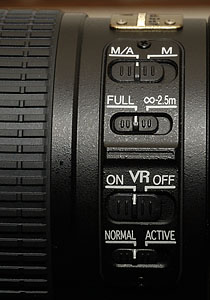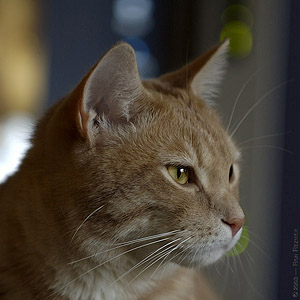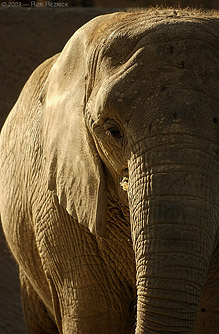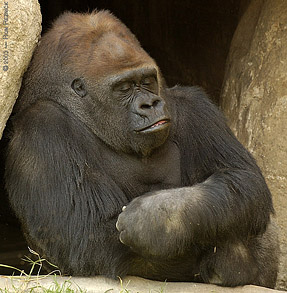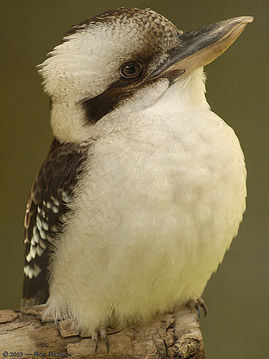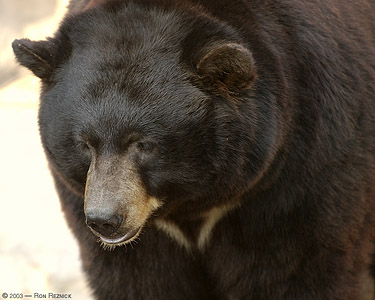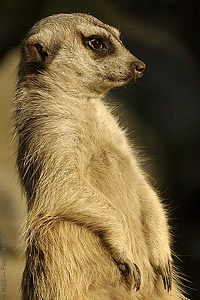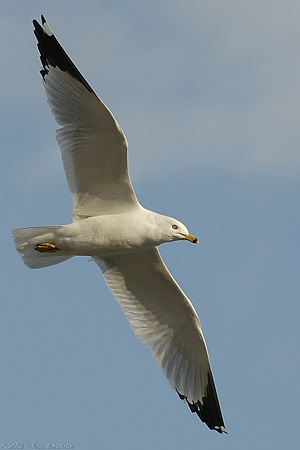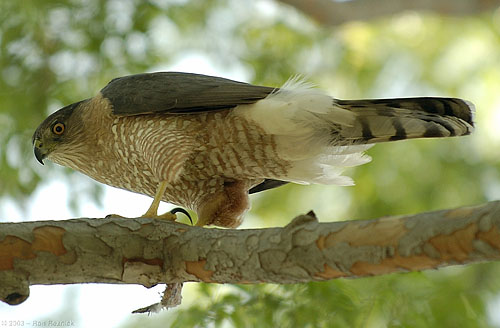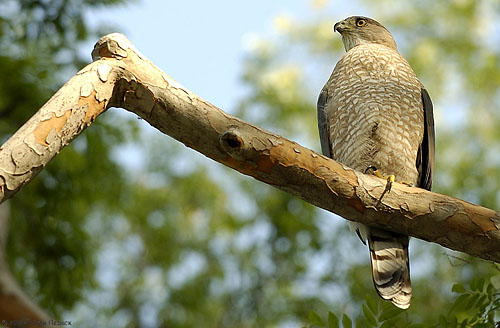Nikkor 70-200mm f/2.8 AFS/VR-G
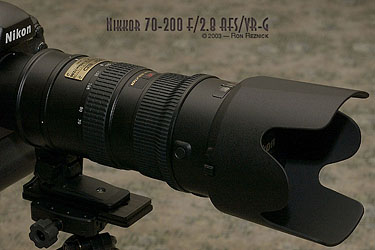
click image for larger version
(review written in 2003)
The Nikkor 70-200mm f/2.8 AFS/VR-G IF-ED (that name is quite a mouthful) is an exceptional lens. Hereinafter I'll just call it the AFS/VR. The lens was announced a year ago, in February 2002, and the Nikon-shooting world has awaited the release of this lens with extreme anticipation. It looks as if it was well worth the wait.
Description
The lens is a significantly more compact package than the previous AFS lens, as the barrel of the lens is over much of it's length quite a bit smaller in diameter than the 80-200 AFS, and feels far less bulky as a result. The weight is over 5 oz. less (with tripod foot mounted). The overall feel of the lens is still a bit heavy, of course (it does, after all, weigh three pounds), but it is balanced very well. The lens has 21 elements arranged in 15 groups (5 ED elements to control chromatic aberration), is an Internal Focus lens (the lens does not extend when zooming or focusing), has a minimum focus distance of 1.5m (5ft.) or 1.4m (55") in manual-focus mode, takes a 77mm filter, and comes with a locking scalloped hood and a newly-designed lens cap that allows clamp-retraction by pinching from the center as well as from the outsides, allowing easy removal of the lens cap from within the hood. This is a sorely-needed feature for those who tend to keep hoods on their lenses (I've looked for something like this for my 85mm f/1.4D for a long time) and I'll be ordering an extra for that lens. It also comes with one of the ballistic-nylon CL-series cases, which are tremendously more usable in the field than the older style of hard case (which is always left at home).
The lens is designated a G-type, meaning that there is no aperture ring on the lens itself as it is designed to be controlled by the command dial on modern bodies, so there are a number of older bodies on which this lens cannot work. For full-functionality, the lens must be used on F/N 65, F/N 80, F100 and F5 film bodies or the D1/2/3-series and D100/200/300 etc. digital bodies.
The lens has three AF-lock buttons placed so they are directly in front of the manual focusing ring. Having gotten used to working with the AF-On button as the AF-activator (taking AF off of the shutter), this is not something that I personally need, but for those using the D100, for instance, in the standard mode where the AE/AF Lock button has not been changed to an AF-On button via the CSM Settings Menu, these AF-Locks allow deactivation of the AF-Activation on the shutter button, which can be extremely useful in situations where you pre-focus and wait for the action before shooting (the camera will immediately fire without re-hunting for focus). A wide, stepped focusing ring is immediately behind the AF-Lock buttons. Behind a 2/3" blank spot (where the VR logo is located) is the narrower zoom ring, which moves quite smoothly. Behind this is the gold-finished and engraved product label, the non-removable tripod-ring, and then a featureless barrel terminated by the mount, which has a rubber seal around the perimeter to reduce dust and water entry.
